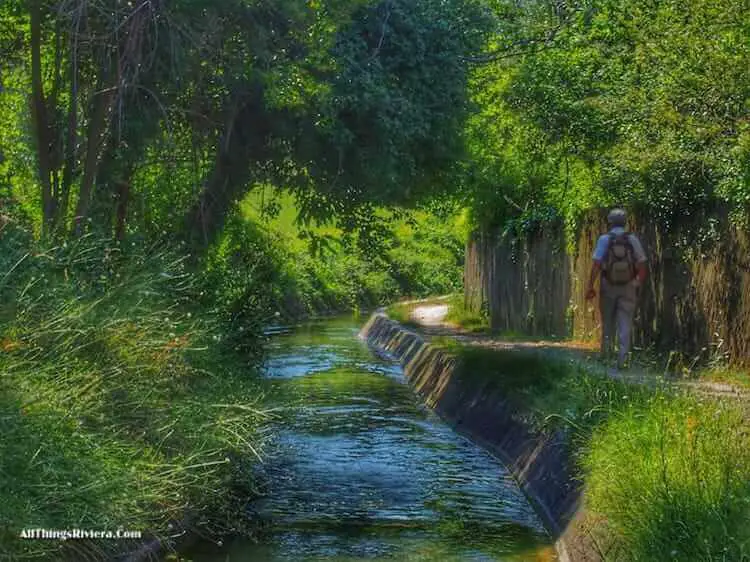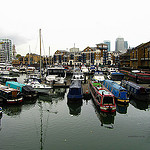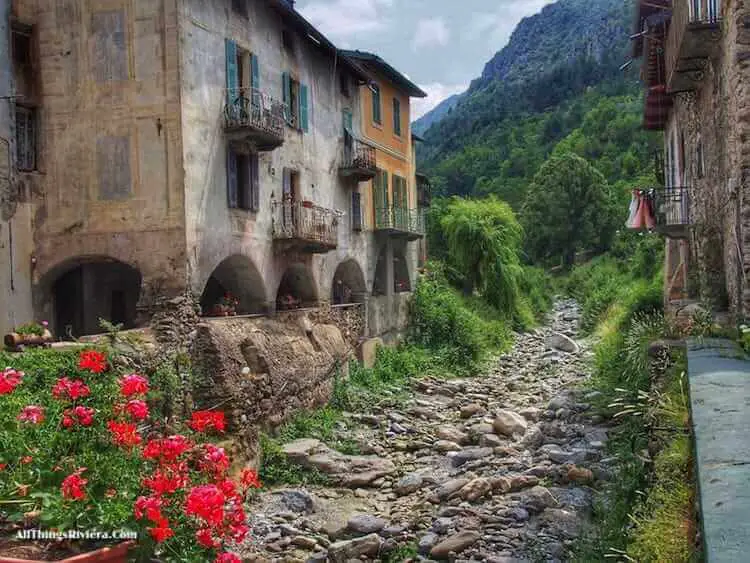Over the years, we have introduced you to a large variety of hiking trails: trails in the mountains, trails by the sea, trails through wild forests, trails through parkland and so on. This time, however, we are going to tell you about a trail that is still very much in the making.
Liberation and Remembrance Route
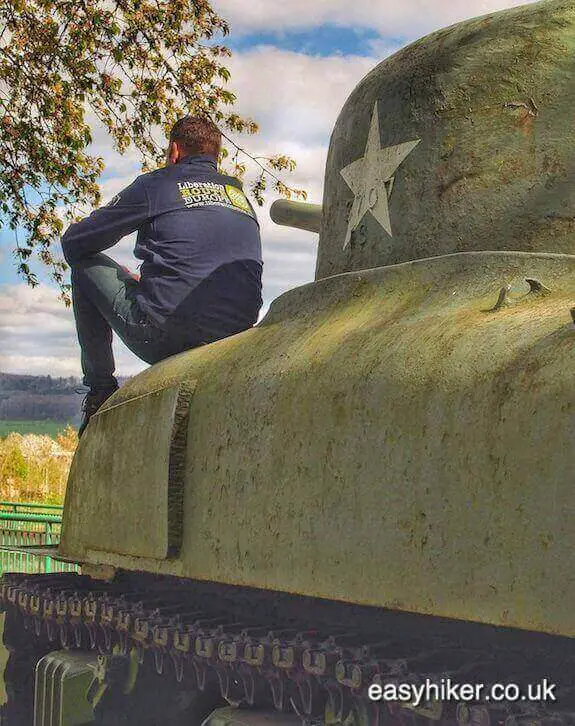
The Liberation Route Europe is a Remembrance Trail that connects key milestones of WWII’s latter stages, from the preparatory stages of the Normandy invasion to the final battle for Berlin.
Once it is finished, the trail – featuring more than 200 remembrance sites – will take hikers on a 2000 km long journey across 5 countries. There will be a mobile phone app, stamps to collect for every completion of a stage, and a network of associated tour guides and hostels.
The idea is to turn the Liberation and Remembrance Route into a pilgrimage trail like the Way of St James to Santiago de Compostela, with European history and the continent’s commitment to a more peaceful future at its spiritual core. It is planned to have the trail ready by June 2019, in time for the 75th anniversary of the Normandy landings.
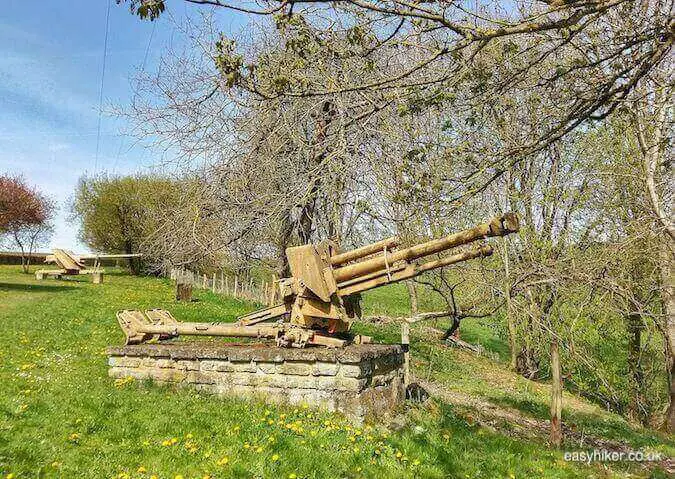
Over the past week, we had an opportunity to see what is in store when we visited those regions of Luxembourg, eastern Netherlands and Belgium where some of the toughest land battles of WWII were fought.
These are areas of outstanding beauty (castles, toytown villages aplenty and gently rolling hills), making sure that the Liberation Route Europe will also be attractive to hikers with no more than a passing interest in 20th century history.
The historical milestones, at any rate, are all there already. If you cannot wait to see how the ELR people will structure them into a trail, you are free to visit them on your own.
Liberation and Remembrance Route to Follow
We will begin our little tour in Luxembourg, retracing one of WWII’s bloodiest campaigns, the so-called Battle of the Bulge.
Clervaux
Clervaux is a pretty place, with a castle, a medieval abbey and a historic town centre that are well worth a visit in their own right.
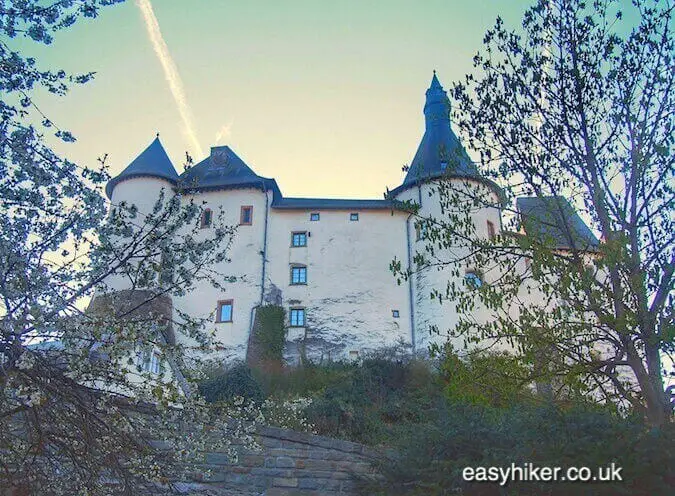
But Clervaux was also one of the first places in Luxembourg that fell victim to the German counteroffensive.
On the morning of 16 December 1944, its citizens, having been woken up by deafening engine noise in the streets, must have been rubbing their eyes in disbelief: were those really German tanks rolling into their town from the near-by hills?
They thought they had seen the last of them in September, having been liberated by US troops on their seemingly unstoppable march from Normandy to Berlin. But now, the Germans were coming back.
More surprisingly perhaps, the town’s US army garrison was equally unprepared. The German counteroffensive had been planned in extreme secrecy, with minimal radio traffic and any preparatory troop movements conducted only at night.
Until then, this had been a very quiet section of the front, which is why the Americans had mainly staffed it with young recruits and battle-weary soldiers on recovery assignments.
The troops at Clervaux mainly belonged to a service division: engineers, medics, catering units, that sort of thing. Surprised by the German attack, they withdrew into the castle – where they then provided stiff resistance for two full days.
According to their battle plan, the Germans should have been halfway to Antwerp by then, but instead they were being held up by a bunch of cocktail waiters.
One can imagine that the German High Command was less than amused, so they ordered their heaviest artillery into Clervaux which managed to set the castle roof on fire, finally leaving the defenders no alternative but to surrender.
It was small battles like this that slowed down the German advance for long enough to give the Allied forces a chance of regrouping – und ultimately of deciding the battle in their favour.
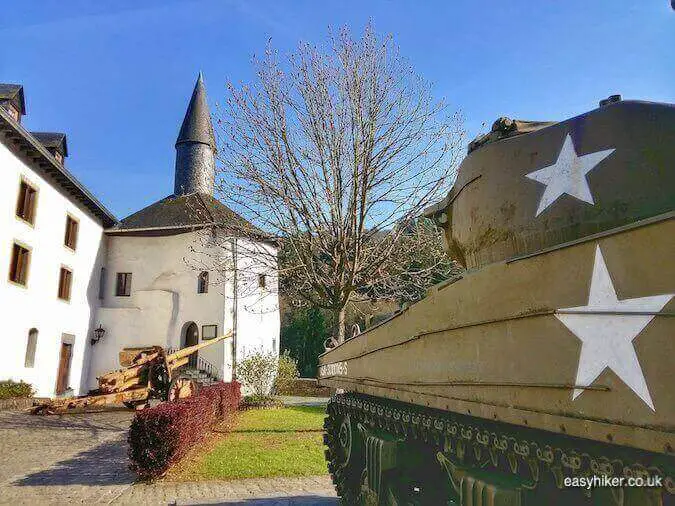
Ettelbruck Bailey Bridge
Supplying an army is the key to victory. This was never more true than for the Battle of the Bulge which was fought over supply lines – it was the tactical objective of the Germans to reach Antwerp, still at the time the only deep-water port from where the Allied forces could provide their troops with heavy weapons and ammunition – and ultimately decided by the inability of the Germans to provide sufficient logistical support for the battle’s stretched front line.
This part of central Europe is a tricky territory for a tank battle: there are few roads and even fewer intersections, with many forests and hills as well as many rivers that are liable to slow down an advancing army.
There was not much that the US Army could do about the trees and the hills, but they had the perfect solution of how to cross the rivers: thanks to Donald Bailey, the inventor of the eponymous ready-to-assemble bridge.
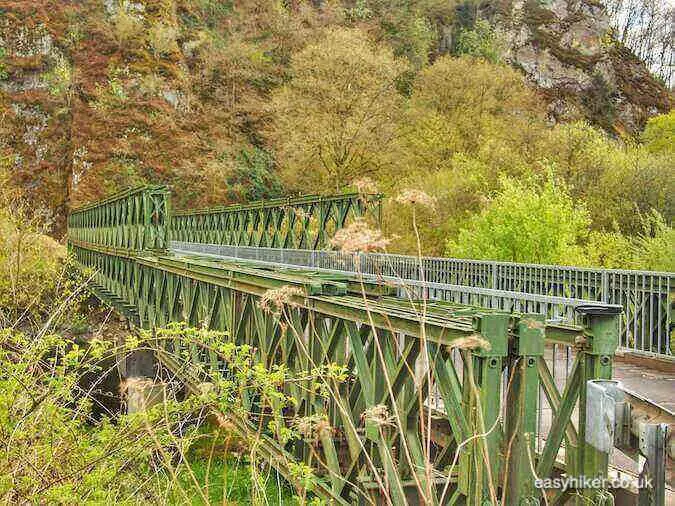
This Bailey bridge just to the north of Ettelbruck is one of the last of its kind that is still “in action”, although it was only put into its current place a few years ago when traffic had to be rerouted to the other bank of the river Sauer following a landslide.
Somebody in the district administration then remembered the old military bridge which had been in storage since WWII. Then the perfect solution to a military problem, it still proved highly useful 75 years later.
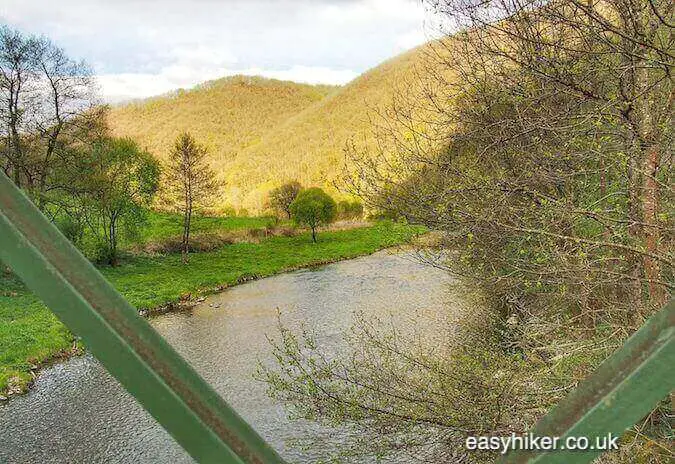
Goebelsmühle
Before the first shot has been fired, the battle has already been won and lost – said Field Marshal Erwin Rommel, so the Germans knew very well about the importance of logistics.
One of their key supply centres for the Battle of the Bulge was the old Goebelsmühle train station, …
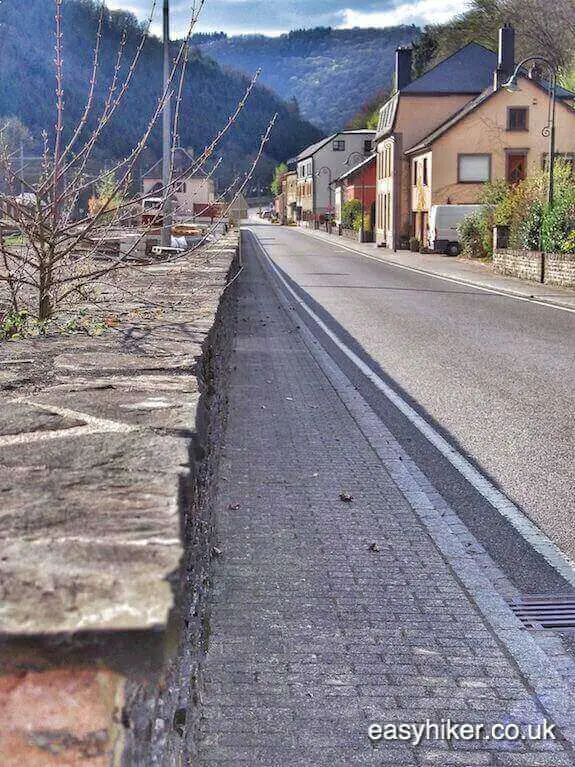
… approx. 10 km west of Vianden from where the offensive had been launched.
Bring some old historic photos of the site to your visit – to appreciate how little has changed here over the past 70+ years. Use your imagination a little, and you will be able to see that it can just be a few seconds now before a German tank is going to come rolling around that street corner.
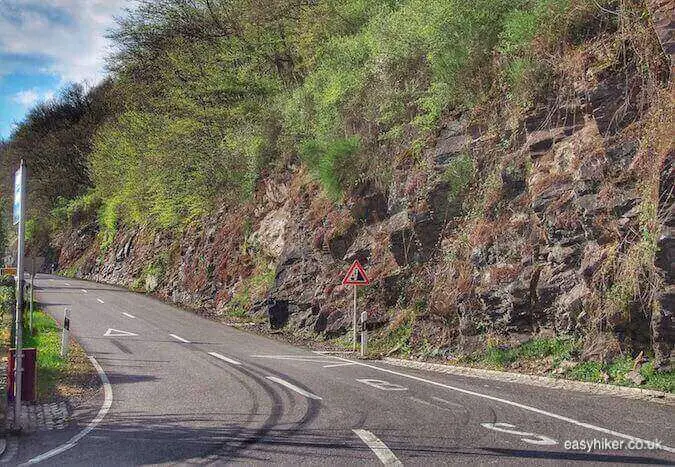
US Cemetery at Hamm
Battles are rarely won or lost by the action of individual men, but still: many of them are, rightfully or not, associated with a single name, and the Battle of the Bulge has gone down into history as General Patton’s greatest victory.
It was, after all, his idea to attack the German wedge from the south and to cut off the enemy’s supply lines – to the point where the Germans had to abandon their tanks on the battlefield, having run out of fuel.
General Patton – who died in a traffic accident, just a few months after the war in occupied Germany – is buried at the US military cemetery in Hamm near Luxembourg City.

Almost immediately, his grave – originally located at the back of the cemetery, in the middle of an ordinary row of other graves – became a pilgrimage site for his former troops and other visitors.
Every day, hordes of people stampeded across other plots to lay down flowers at the General’s last resting place or to say a quiet prayer, until the military administration decided to spare the neighbouring graves from further devastation and to move the war-time hero to a place at the very top of the cemetery.
But Patton’s grave is still “standard issue” in all other respects – with a gravestone that states nothing but his name, his rank, his home state and his date of death …
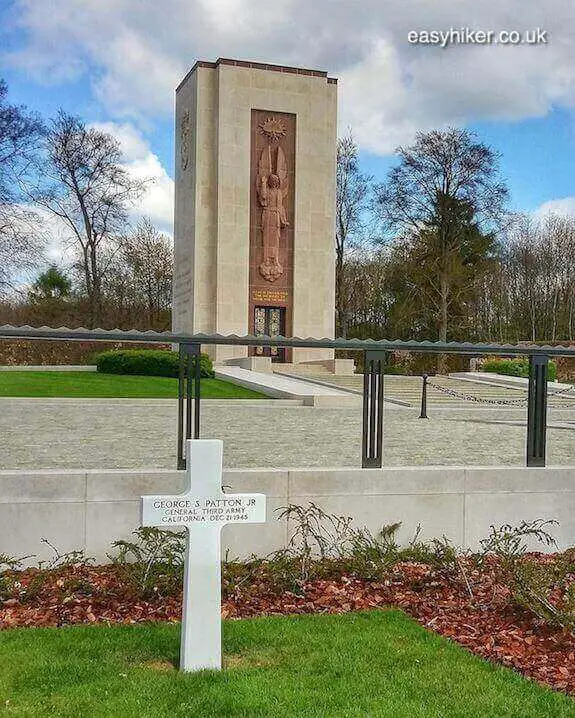
… in line with the old saying that, once they are covered by that green lawn, all soldiers are equal before God.



